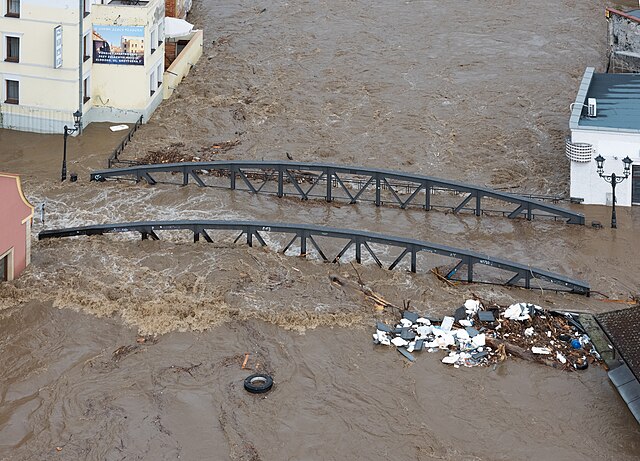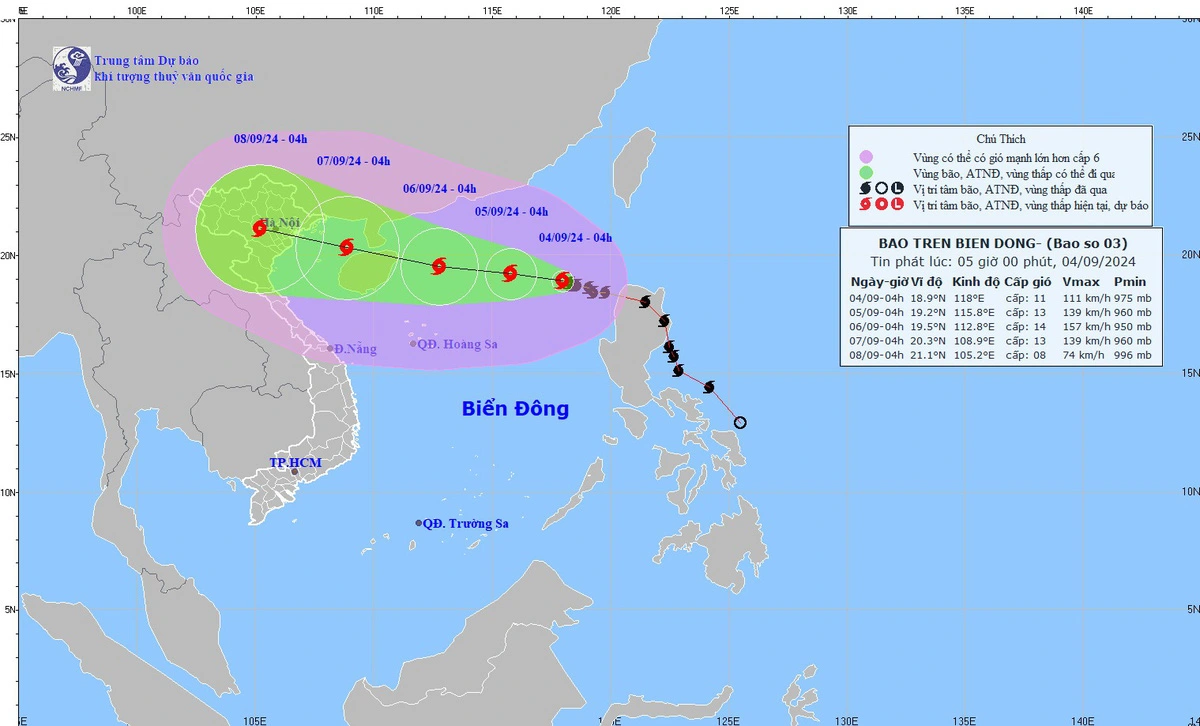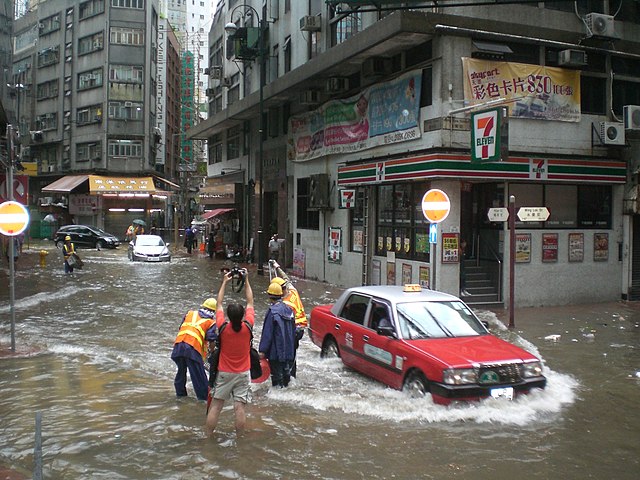 Did you know that floods, high winds, and heavy downpours are starting to become a common sight around the world?
Did you know that floods, high winds, and heavy downpours are starting to become a common sight around the world?
In just this past month, storm Boris wreaked havoc in central and eastern Europe, Typhoon Yagi ran rampant through south-east Asia, and Africa has endured torrential rains.
Meanwhile, Florida is preparing for Hurricane Helene which is expected to make landfall tonight as a Category 4 hurricane.
What Is Causing These Storms?
As the frequency and intensity of storms increase, it leads us to ask - What is causing them to become more frequent?
 Rising global temperatures across the planet are leading to more water evaporating from the oceans, along with moisture from dry locations that don’t get much rain.
Rising global temperatures across the planet are leading to more water evaporating from the oceans, along with moisture from dry locations that don’t get much rain.
Once the water condenses, it comes down in the form of heavy rainfall. For every 1ºC rise in temperature, the atmosphere can hold 7% more water vapor, which intensifies hurricanes and causes heavier rains. Scientists tell us that August 2024 was the wettest month since record-keeping began.
Within Central Europe, Storm Boris formed because the cold air of the north mixed with moisture from the Mediterranean and the Black Sea, which are now unusually warm. The Mediterranean Sea, according to scientists is 3 degrees Celsius (5.4 degrees F) warmer than it has been at this time of the year.
Typhoon Yagi formed as a tropical depression in the Philippine Sea with winds under 38 miles per hour. The Southwest Monsoon formed alongside it, causing heavy rainfall, and winds. After making landfall in the Philippines, the warm waters of the South China Sea caused Yagi to intensify again and become a supertyphoon that devastated Vietnam and Myanmar in southeast Asia.
The torrential rains in Africa have been occurring since July of this year. Two climatic events in particular have caused them to form. The first is the El Nino phenomenon (read here) in the Pacific Ocean, which is causing excess heat in the atmosphere, and a similar phenomenon known as the Indian Ocean Dipole in the Indian Ocean that affects sea surface temperatures.
Impacts Of These Storms
 Storm Boris has left many without any power or mobile connections, destroyed roads and rail lines, flooded homes, and forced people to flee their homes across Europe.
Storm Boris has left many without any power or mobile connections, destroyed roads and rail lines, flooded homes, and forced people to flee their homes across Europe.
Typhoon Yagi led to hundreds of casualties across southeast Asia, with the highest in Vietnam and Myanmar. Households across the region do not have access to usable water, bridges and electricity lines have been compromised, and thousands of hectares of rice, vegetable, and fruit fields have been damaged.
West and Central Africa have experienced heavy casualties from the torrential rains, with people trapped in schoolhouses, rooftops, and other buildings. A historic mosque built in 1810 was destroyed in the town of Zinder.
Relief efforts are ongoing in all the affected areas, with authorities and residents joining in cleanup efforts. Officials are also tracking the spread of diseases from flooding and distributing food in affected areas.
Amid grim news, there is a ray of hope. The city of Vienna in Austria survived without much damage thanks to a robust flood control system that diverted the rising waters of the Danube River into a man-made channel.
As storms and extreme precipitation become the norm, more cities will need to develop local measures to adapt to the changing climate.
Sources: BBC, Guardian, Yale Climate Connections, NY Times, Euronews









